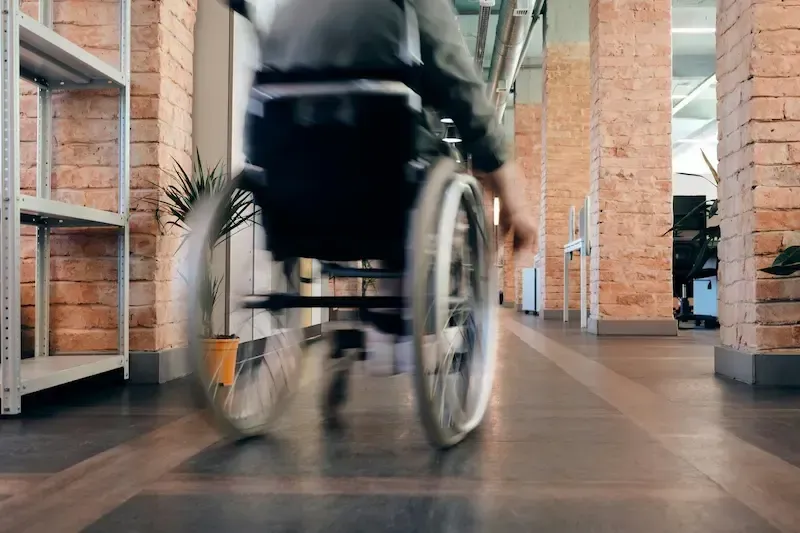Navigating Exercise with Diabetes: A Guide for Seniors
Diabetes is a common condition among seniors that requires careful management of blood sugar levels. Regular exercise is one of the most effective ways to help control diabetes, improve overall health, and reduce the risk of complications. With the support of a personal trainer, seniors can safely incorporate exercise into their routine to manage diabetes and enhance their quality of life.
The Benefits of Exercise for Diabetes
- Helps Regulate Blood Sugar Levels: Physical activity increases insulin sensitivity, which helps cells use glucose more effectively, leading to better blood sugar control.
- Improves Cardiovascular Health: Exercise strengthens the heart and improves circulation, reducing the risk of cardiovascular disease, which is a common complication of diabetes.
- Aids in Weight Management: Regular exercise helps maintain a healthy weight, which can prevent or delay the onset of type 2 diabetes and manage existing diabetes more effectively.
- Boosts Mood and Energy Levels: Exercise releases endorphins, which improve mood and energy levels, helping to combat diabetes-related fatigue and depression.
How a Personal Trainer Can Help
- Personalized Fitness Plans: A personal trainer will create an exercise program tailored to your specific needs, considering your diabetes type, current fitness level, and any other health conditions.
- Monitoring and Safety: Your trainer will monitor your blood sugar levels, ensuring you exercise safely and know how to manage any fluctuations that may occur during physical activity.
- Progressive Training: A trainer will guide you through gradually increasing the intensity and duration of your workouts to build stamina and strength without overexertion.
- Motivation and Accountability: Consistency is key to managing diabetes through exercise. A personal trainer provides ongoing support, motivation, and accountability to help you stay on track.
Recommended Exercises for Diabetes Management
- Aerobic Exercise: Activities like brisk walking, swimming, cycling, or dancing can help lower blood sugar levels and improve cardiovascular health. Aim for at least 150 minutes of moderate-intensity aerobic activity per week.
- Strength Training: Resistance exercises using weights, resistance bands, or body weight help build muscle mass, which can increase insulin sensitivity and aid in blood sugar control. Try to incorporate strength training at least twice a week.
- Flexibility and Stretching: Gentle stretching or yoga can help improve flexibility, reduce stress, and prevent injuries.
- Balance Exercises: Exercises like tai chi or standing balance exercises can improve coordination and reduce the risk of falls, which is especially important for seniors with diabetes.
Tips for Exercising Safely with Diabetes
- Check Blood Sugar Levels: Monitor your blood sugar before, during, and after exercise to ensure it stays within a safe range.
- Stay Hydrated: Drink plenty of water to stay hydrated, as dehydration can affect blood sugar levels.
- Carry Snacks: Always have a quick source of carbohydrates, like glucose tablets or fruit juice, in case of low blood sugar (hypoglycemia).
- Wear Proper Footwear: Foot health is crucial for those with diabetes. Wear comfortable, well-fitting shoes to prevent foot injuries.
- Consult Your Doctor: Always consult with your healthcare provider before starting a new exercise program, especially if you have any diabetes-related complications.
How We Can Help
At Senior Fitness Palm Springs, we specialize in creating customized exercise programs for seniors with diabetes. Our personal trainers will work with you to develop a safe and effective fitness routine to help you manage your condition and improve your overall health.
Contact Us Today!
Schedule your free consultation and find out how we can support you in managing diabetes through exercise.












